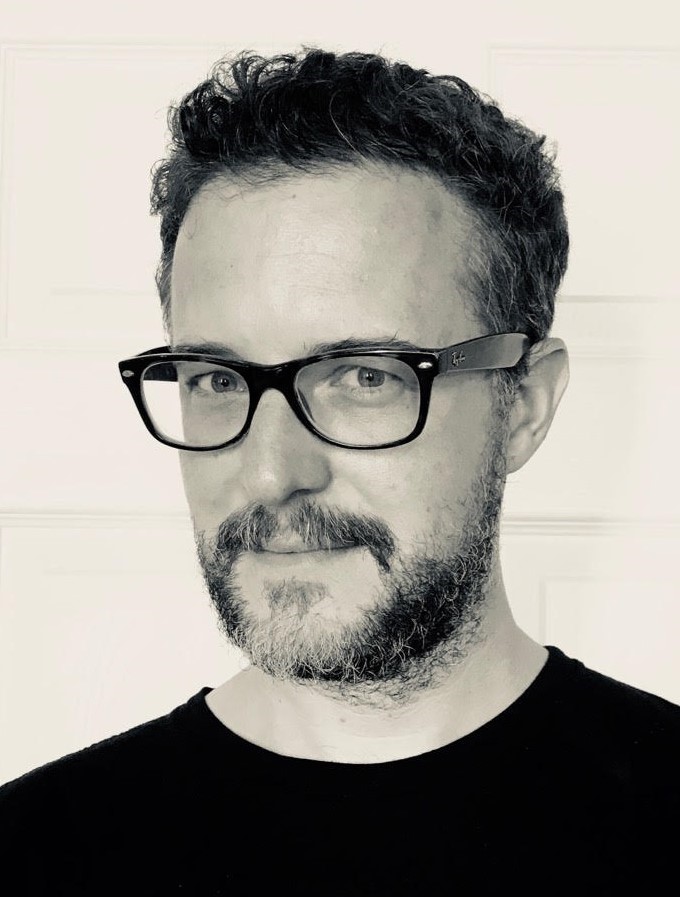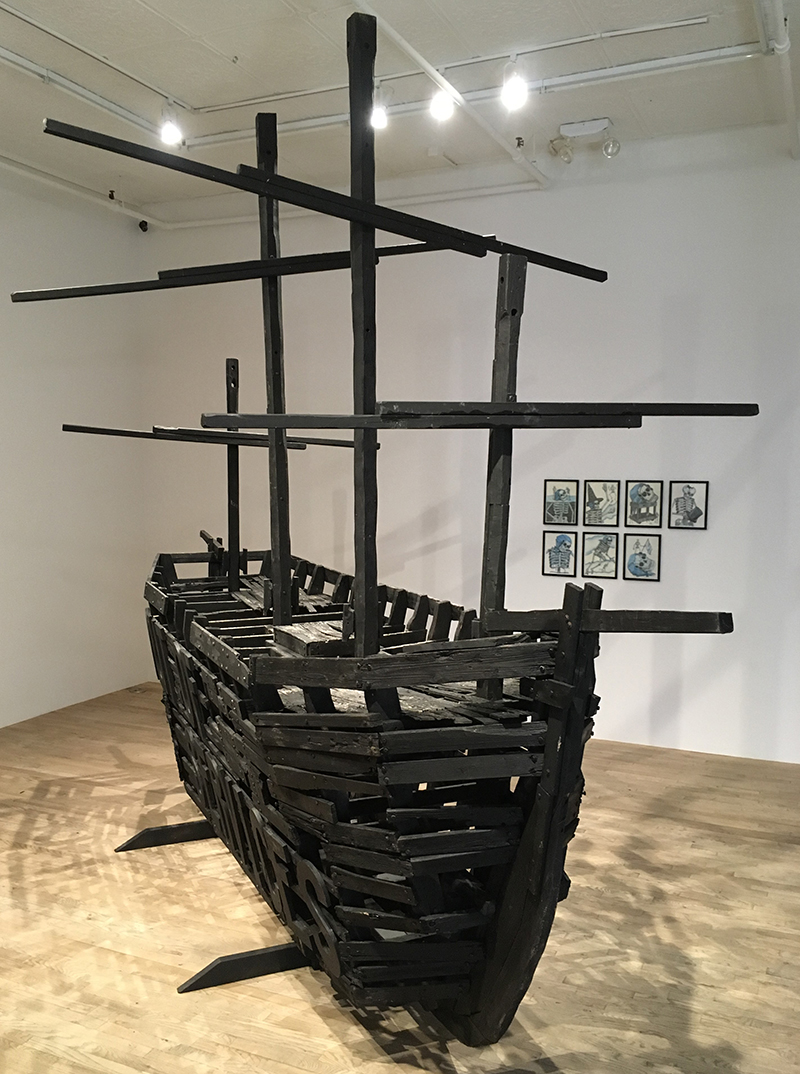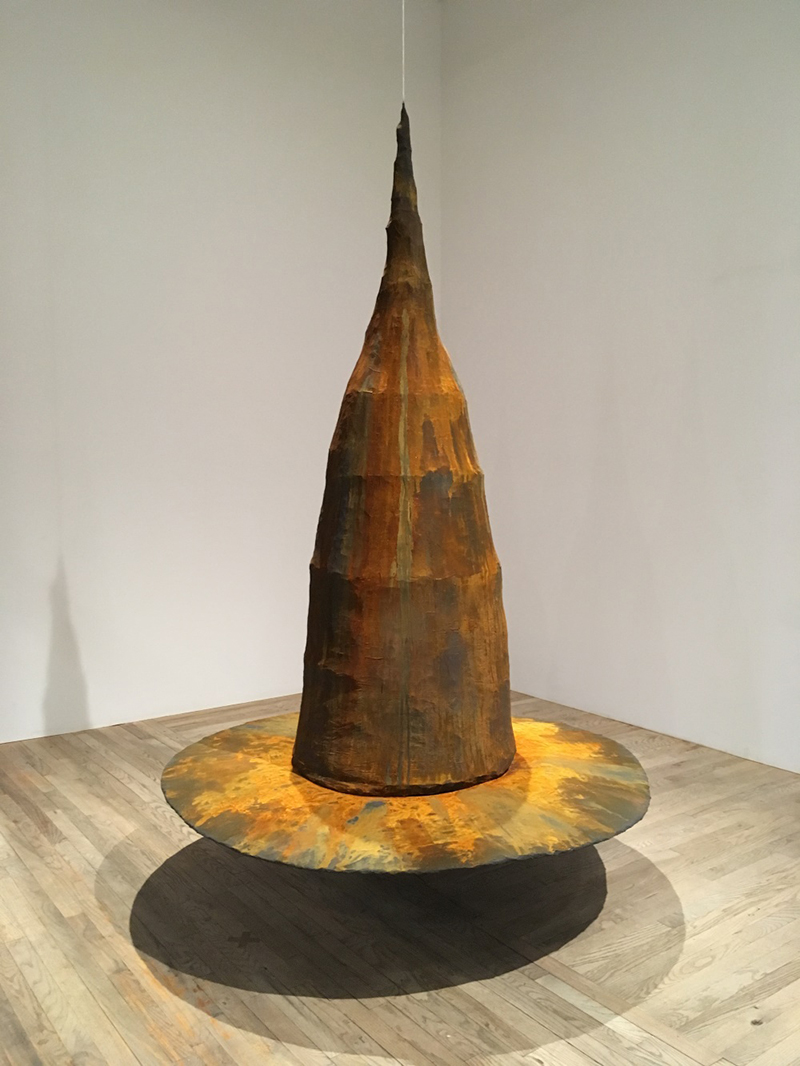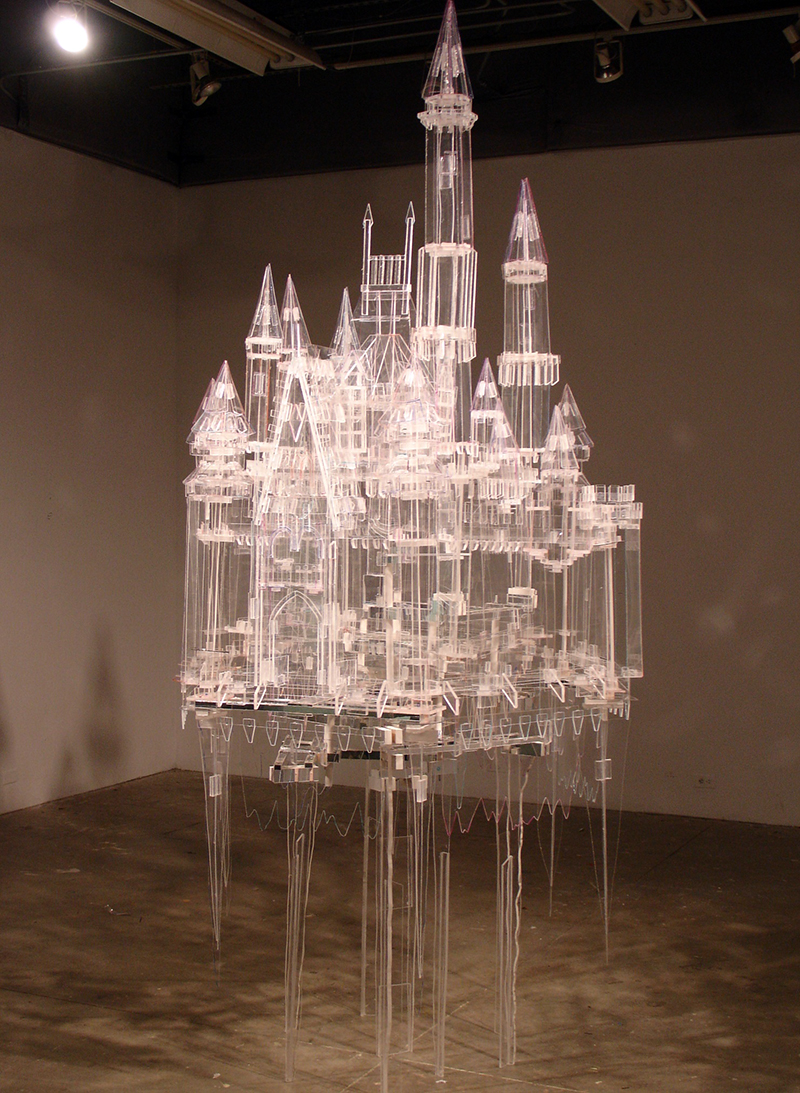Art and life are totally intertwined for me, as I have a fairly loose definition of what art is. I feel like it’s always there in some way. I try my best to stay present to whatever is going on in front of me but I keep the artist side open as well. Honestly, it never shuts off.
David Herbert is never quite sure what he is doing while making art, but then not knowing is the point, according to him, and that has served him well for 15 years now.

Take us to the beginning of your story. How did your tryst with art begin?
When I was young my grandmother had this Time Life series of art books. I don’t know how she came by them. I imagined it was a traveling salesman that tricked her into an extravagant purchase. A book from the series, The World of Marcel Duchamp by Calvin Tomkins, grabbed me by the shoulders and melted my face. I learned that the pursuit of fine art could be a game of ideas, that it is not necessarily creating decorations that hang on the wall. This was a revolution for me and I have been a zealot ever since.

Yesterdays Gone
Tell us about the evolution of your practice over the years.
My practice is evolution. I want to be the ocean creature learning to walk on dry land. I’m always searching to expand my tool box, both literally and figuratively. I like to learn new processes and in that perhaps find a unique approach. As an artist my mantra is, I’m not quite sure what I’m doing and that is the point. I don’t have ready material or subject matter to work with. This has been the case for the last 15 years of my practice.

Farewell True Believer
What were your biggest lessons and hurdles along the way? Any memorable moment?
My eternal struggle is with compromise. I have come to learn that there are no shortcuts. If I want all of the pieces of wood from an artwork to look meticulously tied together with tiny bits of string, I have to tie them together, even if that takes an extra month. This is exactly what I went through while making Phantom of Liberty, a scaled down sculpture of a scaffolding around the ghost of The Statue of Liberty. I learned to lash wood strips together structurally to get it how I wanted. The wood had to be reclaimed from other projects to get the right aged look to it. Almost always I find myself returning to artworks to fix originally unperceived compromises. The process is much more gratifying to me than it might sound, working backwards and such. For me, it’s editing and I believe any good work from me requires it to some extent.

Scentless Apprentice
What inspires you? Take us through your process and continuous frameworks of reference.
I stay open for everything to inspire me. I was walking through the park and saw this series of small trees sticking out of the snow, with plump bases and long pointy tops, reaching up into the sky. The trees inspired the shape for this sculpture I made of a levitating witches hat, Scentless Apprentice. This happens quite often, where I am out in the world and see a shape or the way something is built. Then I find the solution – it’s like a match lit in the dark. It’s a great feeling that came out of nowhere.
How do you balance art and life?
Art and life are totally intertwined for me, as I have a fairly loose definition of what art is. I feel like it’s always there in some way. I try my best to stay present to whatever is going on in front of me but I keep the artist side open as well. Honestly, it never shuts off.

Phantom Of Liberty
How do you deal with the conceptual difficulty and uncertainty of creating work?
The biggest struggle for me is maintaining patience. I need to remind myself that a certain amount of melancholy is part of the process. I try not to get overwhelmed by those feelings when a project seems to be difficult or not working out.
How does your audience interact and react to the work?
I really don’t know how anyone reacts to it. It’s not something I think that I would even want to know too much about as it might make me too self conscious. I know how I want my audience to react and interact. I make a lot of large scale work that I would like for the viewer to lose themselves in – if they could shrink themselves down in their mind’s eye and walk around. If anyone has ever felt like doing that then I will have been successful. Not that this is the main goal of my work, but it’s a pretty good generalisation across my career as a sculptor.

Lord Humungous
Who are your maestros?
I am inspired by a lot of different artists’ work, but Louise Bourgeois has been at the top of my list forever. I have had many opportunities to see her work in groups, as in retrospectives or galleries dedicated to her. I always come away wishing I could see how her mind worked.

Crystal Palace
What are you working on now? What’s coming next season?
I want to make a group of distinctly different sculptures and wall works that can exist together in very close proximity. It would appear to be sort of like a foyer or trophy room, something theatrical with each artwork playing a role. This circles back to art as decoration.












Add Comment